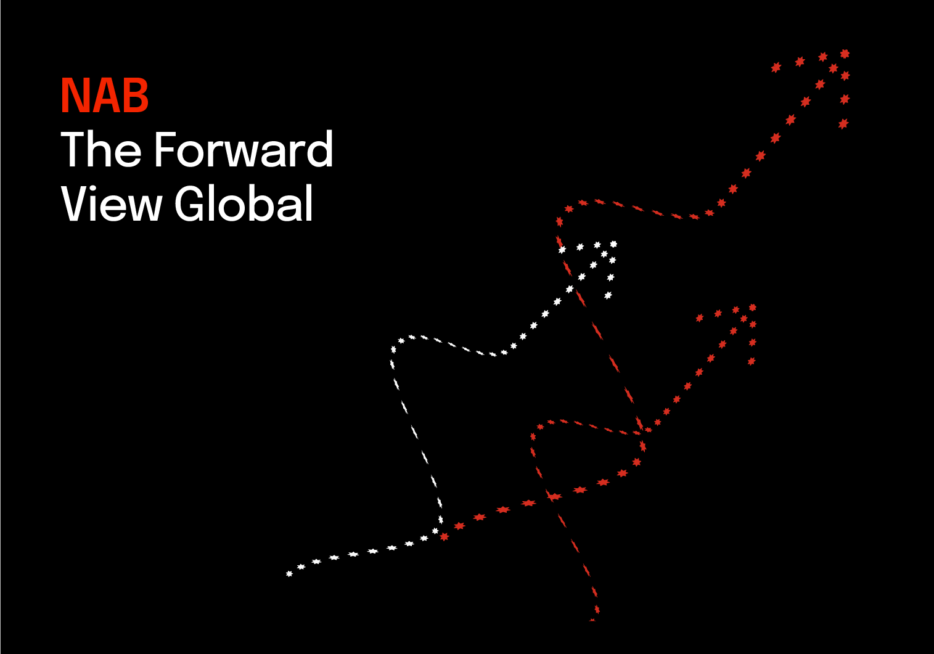Global growth headed for a H2 trough as tariffs start to bite


Insight
Online retail rebounds after two weak months with the largest spend category Homewares and Appliances being a key contributor, although sales growth for this category has been relatively weak over the past year.

NAB Chief Economist, Alan Oster commented:
Our NAB Online Retail Sales Index data indicates that sales growth rebounded strongly and returned to positive territory in August after two weak months prior. Online retail sales tend to be more volatile than broader retail, experiencing far greater monthly fluctuations, but the past five months have been considerably more so. Looking through the month-to-month volatility, sales growth in year-on-year terms returned to close to double digits and 12-months-to August growth remains strong. The acceleration in sales growth does not appear to be borne out in the latest result for the broader cashless retail measure, which indicates that broader retail sales growth for August were more subdued when compared to online retail.
The rebound in sales growth for the largest sales category, homewares and appliances, contributed significantly to the headline result. However, this category has experienced periods of sales weakness over the past year, so much so, that its share of the online index has dropped from around 28% a year ago to about 26.8% now. The mid-sized sales category of grocery and liquor continues to record far more stable growth. This category is currently ranked 4th in terms of monthly sales growth, a position where it has averaged over the past 3 years. Media, with a smaller spend share, has typically been more volatile. This month, media recorded the highest sales growth rate, but typically this category ranks between 5th and 7th, so it is more challenging to see the current result for this category repeated. The smallest sales category, takeaway food, has been the most volatile in terms of sales growth, possibly due to structural changes by way of high profile exits and consolidation. Through this volatility, this category has almost doubled in sales compared to August 2018.
Of the large sales states, Victoria leads in year-on-year growth, while Tasmania recorded a considerably strong rebound after months of persistent weakness to lead monthly online sales growth in August. Online sales growth in Victoria on average has been higher than NSW over the past couple of years. Consequently, the gap in spend share between the two is narrowing.
Representing about one-third of all online sales, regional areas recorded the stronger growth in August relative to metropolitan regions. The large sales states of NSW, Victoria and Queensland were the key drivers of the strong regional result, while sales growth was stronger in metro areas in WA, SA and Tasmania.
By merchant location, domestic retailers (+6.2%) grew strongly in the month following a contraction in July. International retailers grew at a relatively slower rate after outpacing domestic last month. The result was due to a particularly strong rebound in the key sales categories of homewares and appliances, and media.
It is worth noting here that our definition of a domestic online retailer can include those merchants whose parent organisation might be overseas with an Australian subsidiary. Solely using GST as a key defining characteristic of domestic and international is no longer appropriate given changes made in July 2018.
For further details, please see the NAB Online Retail Sales Index – August 2019
© National Australia Bank Limited. ABN 12 004 044 937 AFSL and Australian Credit Licence 230686.